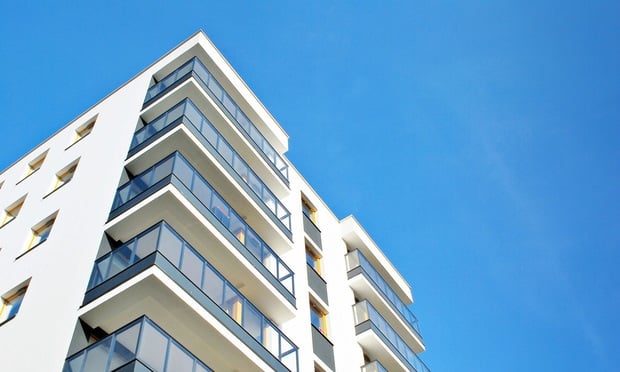The pandemic has halted many apartment projects in their tracks—but a recent report from John Burns Real Estate Consulting says that there are still opportunities to build new apartment properties in both urban and suburban markets. The caveat according to the firm: It depends on the timing.
The two biggest multifamily segments in high demand are short-term rentals—which John Burns defines as one-to-two-year lease terms—that can serve residents looking for work-from-home space and outdoor access. John Burns believes these opportunities will be most available in suburban markets. Renters are seeking larger units in these areas, usually two-to-three bedrooms apartments. These renters are less concerned density, walkability and access to amenities, particularly as many restaurants, retailers and bars are shuttered. The report highlights Uptown Charlotte as an example. The market has seen the highest concessions in the MSA, while the further out suburbs like Iredell and Gaston County have seen little to no concessions. John Burns expects the trend of suburban apartment growth to continue.
In urban markets, on the other hand, there is the opportunity for a social renaissance, where people will be looking for affordable living spaces that are close to job centers, retail and entertainment activities, John Burns argues. These will be longer-term apartment rentals, rather than short-term. Following the pandemic, younger residents will continue to flock to urban markets and job centers, as they did before the pandemic. This group largely includes young Millennials and older members of Gen-Z, a group that is currently between 20 and 30 years old and was born in the 90s. Once the job market begins to improve, urban markets will once again become attractive job centers, thriving areas for entertainment and retail, and will likely offer affordability. While these markets are struggling today, there is a positive future story for urban areas once the recovery starts.
While there is future hope for rebounding apartment demand and a need for new construction, apartment demand has changed rapidly during the pandemic. Recent research from RENTCafe shows that apartment construction has decreased by 12% during the pandemic, due to a combination of a slower construction pace, labor shortages and construction bans. As a result, only 283,000 apartments are expected to deliver this year, far below the prior peak of 2018 and well below the 321,000 units that delivered in 2019. This is true nationally, but some markets are moving ahead on construction despite the pandemic. Dallas-Fort Worth, Texas, New York City and Atlanta are have continued to build. These markets also help to underscore the information from the John Burns report: there is still demand for new apartments, depending on the market and the timing.
